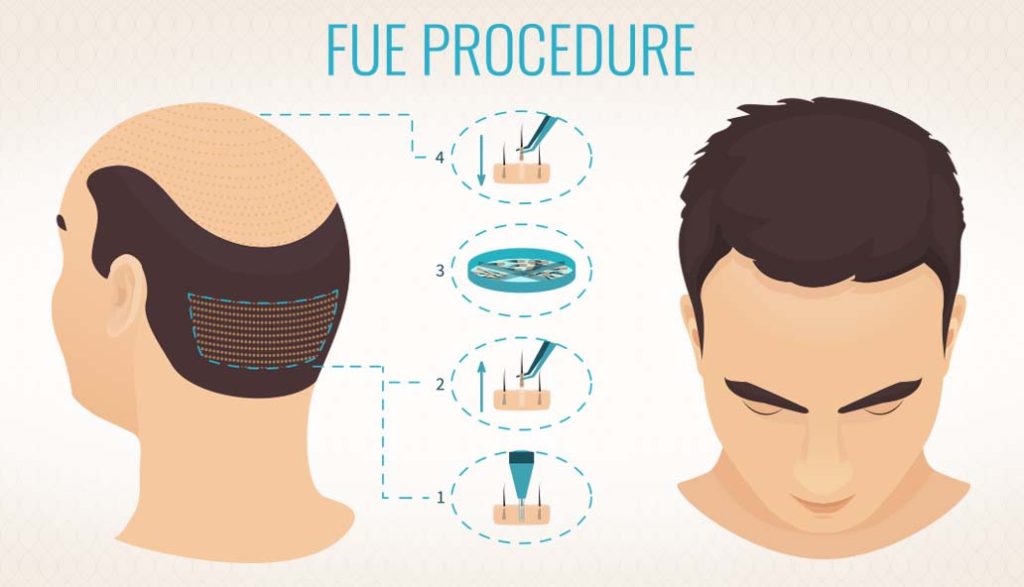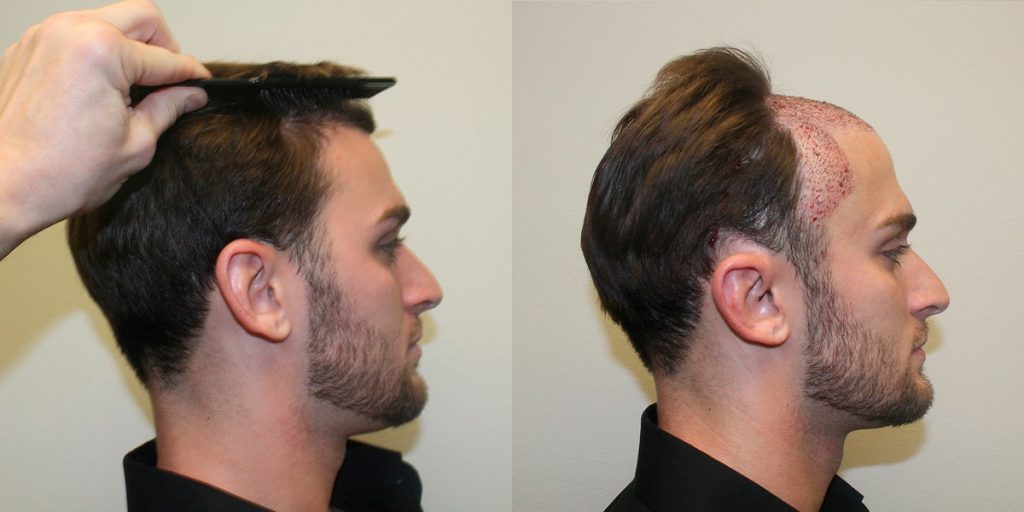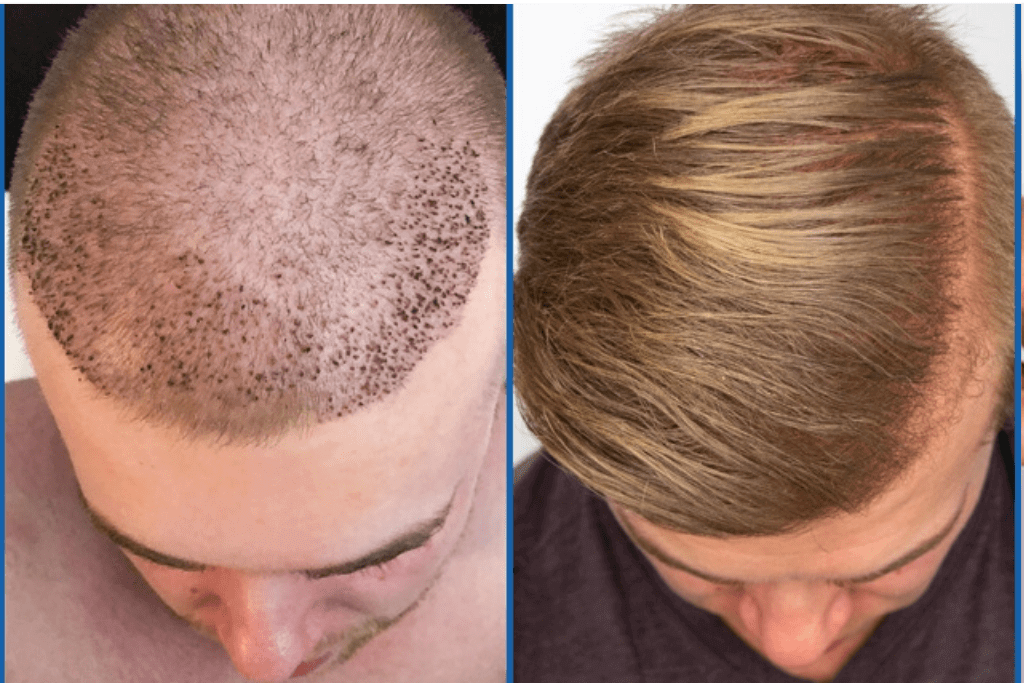When considering a FUE hair transplant, it is important to be aware of the potential causes of failure that may occur after the procedure. FUE hair transplant failure can be attributed to a variety of factors, including poor candidate selection, inexperienced surgeons, inadequate post-operative care, and patient non-compliance. Understanding the reasons for failure after FUE hair transplant is crucial in order to minimize common failures in FUE hair transplant and FUE hair transplant complications.
By taking proactive measures and following post-operative instructions, individuals can work towards preventing failure after FUE hair transplant and achieving successful outcomes. It is important to be aware of the potential unsuccessful outcomes and to strive towards avoiding pitfalls in FUE hair transplant in order to optimize the results of the procedure.
Choosing a Non FUE Hair Transplantation Specialist and Clinic

When it comes to non FUE hair transplantation, finding the right specialist and clinic is crucial for a successful outcome. Here are some important factors to consider when choosing a non FUE hair transplantation specialist and clinic:
FUE hair transplant failure causes
Understanding the causes of FUE hair transplant failure is important in order to avoid them. Common causes include inadequate donor hair, improper technique, and poor aftercare.
Reasons for failure after FUE hair transplant
There are various reasons why FUE hair transplants may fail, such as improper planning, unrealistic expectations, and the patient’s health condition.
Common failures in FUE hair transplant
- Inadequate donor hair
- Improper technique
- Poor aftercare
It is important to consider these factors and do thorough research when choosing a non FUE hair transplantation specialist and clinic to ensure a successful outcome.
Having an Irrational Expectation of the Outcome or Being Misinformed

One of the most common causes of dissatisfaction after FUE hair transplant surgery is having an irrational expectation of the outcome or being misinformed about the procedure. Many patients have unrealistic expectations about the results of the surgery and fail to understand the limitations of FUE hair transplant. It is important for patients to have a clear understanding of what FUE hair transplant can and cannot achieve, and to have realistic expectations about the outcome.
Patients who are misinformed about the FUE hair transplant procedure may also experience dissatisfaction with the results. It is crucial for patients to do thorough research and consult with a qualified surgeon to fully understand the procedure, potential risks, and expected outcomes. Educating patients about the procedure and managing their expectations can help prevent dissatisfaction and unsuccessful outcomes.
Preventing dissatisfaction and unsuccessful outcomes
| Factors | Preventive Measures |
|---|---|
| Thorough consultation | Ensure that the patient has a clear understanding of the procedure, potential risks, and expected outcomes. |
| Realistic expectations | Educate patients about the limitations of FUE hair transplant and manage their expectations. |
| Informed consent | Ensure that the patient is fully informed about the procedure and its potential outcomes before giving consent for the surgery. |
By addressing these factors and taking preventive measures, surgeons can help minimize the risk of dissatisfaction and unsuccessful outcomes after FUE hair transplant surgery.
Errors Made Throughout the Planning Stage
During the planning stage of a project, there are several errors that can occur, leading to potential setbacks and failures. One common mistake is inadequate research and analysis, which can result in a flawed strategy. Additionally, poor communication among team members or stakeholders can lead to misunderstandings and misalignment. Another critical error is neglecting to consider potential risks and challenges, which can ultimately derail the project. It is crucial to address these issues early on in the planning stage to ensure a successful outcome. Research, communication, and risk assessment are key aspects that should be prioritized during the planning phase.
What causes transplanted hair to fall out?
Hair transplant procedures can be a life-changing solution for those experiencing hair loss, but it is not uncommon for transplanted hair to fall out. There are several factors that can contribute to this, including:
- Inadequate blood supply: If the transplanted area does not receive enough blood flow, the grafts may not survive, leading to hair loss.
- Shock loss: It is normal for some of the existing hair surrounding the transplanted area to fall out after the procedure due to the trauma of the surgery.
- Improper care: Failing to follow post-transplant care instructions can result in the loss of transplanted hair.
In addition to these factors, genetic predisposition and underlying health conditions can also play a role in the loss of transplanted hair. It is important to consult with a qualified surgeon to understand the potential risks and how to minimize them.
The Role of Patient Physiology in the Efficacy of FUE Hair Transplantation

When it comes to FUE (Follicular Unit Extraction) hair transplantation, the role of patient physiology cannot be overstated. The success and efficacy of this procedure heavily depend on individual physiological factors such as scalp elasticity, hair density, and the quality of the donor hair.
Scalp elasticity plays a crucial role in determining the ease of extracting follicular units. Patients with good scalp laxity are more suitable for FUE as it allows for the efficient extraction of hair follicles without causing unnecessary trauma to the scalp.
Hair density is another significant factor that influences the outcome of FUE hair transplantation. Patients with higher hair density typically achieve more satisfactory results as there is a greater number of donor hair available for transplantation.
Lastly, the quality of the donor hair is essential for the success of FUE. Patients with strong, resilient hair shafts are more likely to experience successful transplantation compared to those with weaker, fragile hair.
Conclusion
In conclusion, scalp elasticity, hair density, and donor hair quality are crucial factors that can significantly impact the efficacy of FUE hair transplantation. It is essential for both patients and practitioners to consider these physiological aspects to ensure the best possible outcomes for the procedure.
Frequently Asked Questions
Can failure occur after FUE hair transplant?
Yes, failure can occur after FUE hair transplant due to various reasons such as improper healing, infection, or poor graft survival.
What are the common causes of failure after FUE hair transplant?
Common causes of failure after FUE hair transplant include improper post-operative care, smoking, inadequate blood supply to the scalp, and underlying health issues.
How can I minimize the risk of failure after FUE hair transplant?
You can minimize the risk of failure by following the post-operative care instructions provided by your surgeon, avoiding smoking and alcohol, maintaining a healthy lifestyle, and attending all follow-up appointments.
Is failure after FUE hair transplant reversible?
In some cases, failure after FUE hair transplant can be reversible with proper revision surgery or corrective measures. However, the success of reversal depends on the specific reasons for the initial failure.
What should I do if I suspect failure after FUE hair transplant?
If you suspect failure after FUE hair transplant, it is important to consult your surgeon as soon as possible to determine the cause and explore potential solutions.
